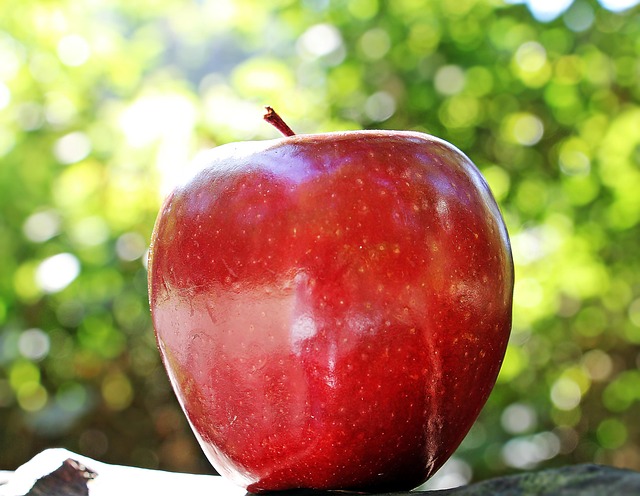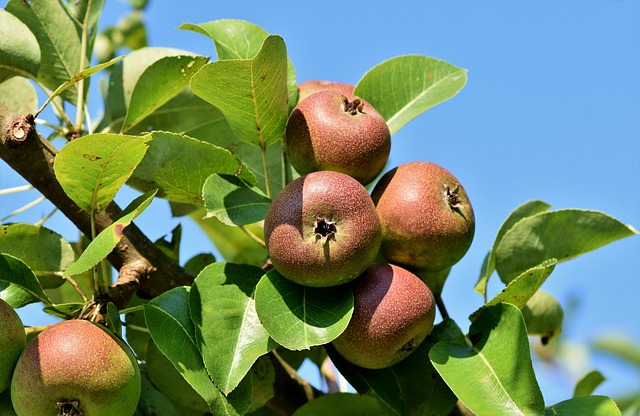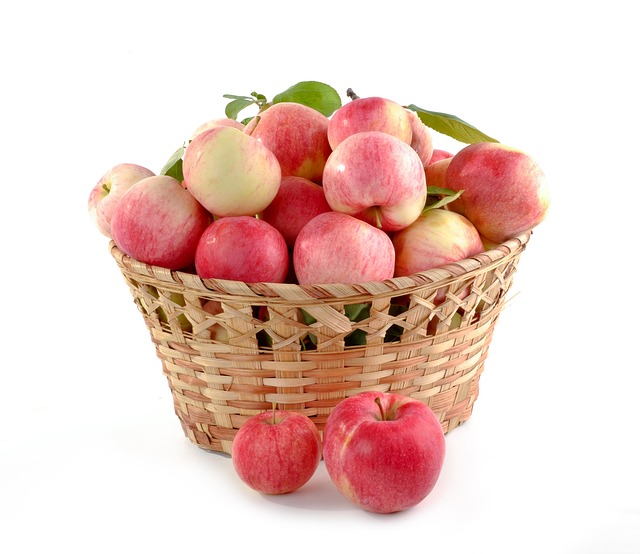
Plant-based nutrition is no longer a fad it’s a revolution. Of the new superfoods on the rise, apple protein stands out as a novel and exciting source of plant-based protein. With consumers increasingly looking for healthy, sustainable, and allergen-free food alternatives, apple protein provides a strong choice to more traditional plant proteins such as soy and pea. In this in-depth guide, we’ll delve into all there is to know about apple protein from its nutritional and extractions process to real-life ways to incorporate it into your diet.
What Is Apple Protein?
Apple protein is a vegetable protein obtained mainly from apple pomace the residue pulp, skin, and core after juicing apples. The protein-rich waste is usually discarded, but new food technology makes it possible for us to tap its nutrient value and produce a very digestible protein powder.
As the demand for plant-based protein skyrockets due to environmental concerns and health consciousness, apple protein stands out for its versatility, taste, and eco-friendliness. The goal of this blog is to shed light on apple protein’s powerful potential and provide practical tips for incorporating it into your everyday life.
Nutritional Profile of Apples and Apple Protein
Apples are popularly enjoyed for their refreshing flavor and health perks, yet in terms of protein value, they are not given their due credit.
Key Nutrients in Apples
Apples are a storehouse of:
- Dietary fiber, particularly pectin
- Vitamin C (an antioxidant)
- Potassium, which is good for heart health
- Polyphenols, such as quercetin, catechin, and chlorogenic acid
Though apples in their raw form contain a modest amount of protein (about 0.5g per medium apple), the apple protein derived from apple pomace can be concentrated up to 35-50% protein depending on the processing method.
Comparing Apple Protein to Other Plant-Based Proteins
When measured by protein density and digestibility:
- Apple protein is comparable to rice protein in its mild flavor and texture.
- It’s less likely to cause an allergic reaction compared to soy and pea protein.
- Apple protein has a beneficial ratio of essential amino acids, although it is usually blended with other proteins to create a complete profile.
Phytonutrients Specific to Apples

Apple protein retains some of the fruit’s polyphenols and antioxidants, which provide further functional health benefits beyond the simple macronutrient content.
How Is Apple Protein Extracted?
The apple to protein powder route is not only innovative but also sustainable.
Overview of the Extraction Process
- Apple Pomace Collection: Residual apple pulp is collected from cider or juicing.
- Drying: The pomace is low-temperature dried to maintain nutrients.
- Grinding: The dried product is ground into a fine powder.
- Protein Isolation: Separation technologies take out the protein content, removing excess sugar and fibers.
Processing Methods
Various companies employ:
- Enzymatic hydrolysis
- Spray drying
- Membrane filtration
Each one of these methods imparts texture, flavor, and nutrient content retention to the final apple protein product.
Apple Byproducts Role
Making use of byproducts renders apple protein an environmentally friendly option. Instead of apple pomace being discarded, it is recycled into valuable nutrition, reducing food waste on a commercial level.
Health Benefits of Apple Protein
In addition to being a new protein source, apple protein promotes health in several aspects.
Antioxidant Support
Apple protein preserves antioxidants such as quercetin and phloridzin, which:
- Fight oxidative stress
- Enhance immune function
- Enhance skin and cellular well-being
Weight Management
Apple protein contributes to satiety because of its:
- High fiber level
- Reduced digestion time
- Low glycemic index
Inclusion in food may reduce hunger and curb overeating.
Heart Health and Cholesterol Management
Thanks to its fiber and polyphenols, apple protein may:
- Lower LDL (“bad”) cholesterol
- Improve arterial flexibility
- Support healthy blood pressure
Combined with a balanced diet, apple protein promotes long-term cardiovascular wellness.
How to Incorporate Apple Protein into Your Diet

Whether you’re a smoothie lover or a seasoned chef, there are countless ways to use apple protein.
Creative Recipes Featuring Apple Protein
- Apple Protein Smoothie
- Mix with almond milk, banana, spinach, and cinnamon.
- Apple Protein Pancakes
- Substitute ¼ cup of flour with apple protein powder.
- Energy Bites
- Combine oats, honey, peanut butter, and apple protein for a no-bake treat.
- Apple Protein Muffins
- Perfect for meal prep and sweetened naturally with applesauce.
Suggested Serving Sizes
Begin with:
- 15–20g per day for beginners
- Up to 30g per serving for athletes or fitness enthusiasts
Blending Tips for Apple Protein
- Blend with banana or nut butters for creamy textures
- Add cinnamon, nutmeg, or vanilla to give it more flavor
- Blend into baked goods, oatmeal, or plant-based yogurt
Apple Protein vs. Other Plant-Based Proteins
Let’s compare apple protein with more common alternatives.
| Protein Type | Digestibility | Allergen Risk | Taste Profile | Sustainability |
|---|---|---|---|---|
| Apple Protein | High | Low | Mild, fruity | Very high |
| Soy Protein | Moderate | High (general allergen) | Earthy | Moderate |
| Pea Protein | High | Moderate | Neutral | High |
| Hemp Protein | Moderate | Low | Nutty | High |
Taste and Digestibility
Apple protein is less problematic for individuals with sensitive stomachs, and its own mild sweetness nature makes it suitable for both sweet and savory preparations.
Environmental Benefits
Apple protein production:
- Utilizes food waste (pomace)
- Results in less CO₂ emission than meat
- Takes less water and land than soy or hemp
Allergies and Sensitivities to Apple Protein
While uncommon, it’s good to be informed about possible reactions.
Common Apple Allergies
Apple protein can cause allergies in people with:
- Birch pollen allergy (oral allergy syndrome)
- Raw fruit protein sensitivities
Symptoms of Sensitivity
Be aware of:
- Itchy mouth or throat
- Skin irritation or rash
- Gastrointestinal discomfort
Who Should Be Cautious?
- Individuals with extreme pollen-food syndrome
- Individuals with existing apple allergies
- Anyone new to plant protein powders (try a small dose first)
Apple Protein Production’s Environmental Impact
Sustainability is one of the strongest suits of apple protein.
Apple Orchards vs. Meat Production
Making apple protein:
- Releases 85–90% less greenhouse gas than beef
- Demands little land compared to farming animals
- Lowers dependency on animal agriculture
Waste Reduction
By utilizing apple byproducts, manufacturers:
- Avoid millions of tons of annual food waste
- Make the most of every component of the fruit
- Promote circular economy values
Sustainable Farming Practices
Apple protein promotes:
- Sourcing locally from orchards
- Less pesticide use through organic practices
- Regenerative farming practices
Apple Protein’s Future in Food
Apple protein is only beginning.
Plant-Based Nutrition Trends
Consumer demand for:
- Clean-label protein sources
- Low-allergen options
- Whole-food nutrition that is gut-friendly
…is fueling the growth of apple protein.
Innovation Possibilities
Look for:
- Ready-to-drink shakes made with apple protein
- Protein-enriched snacks such as bars and cookies
- Blends of apple protein with pea or rice for full amino acid profiles
Market Growth Projections
The worldwide plant protein market will total more than $20 billion by 2030. Apple protein is set to take a niche segment based on sustainability, digestibility, and clean eating.
Conclusion: Why You Should Try Apple Protein
Apple protein is more than a buzzworthy trend—it’s a positive leap toward healthier living and a greener earth. From its nutritional depth and functional advantages to its eco-friendly contributions, apple protein is a plant-based superfood deserving of attention.
So whether you’re looking for improved digestion, weight management, or simply interested in new foods, apple protein provides a tasty and convenient method for feeding your body.
Call to Action
Ready to give your health a boost the intelligent way? Give apple protein a try in your meals and taste and see the difference for yourself! Begin with the basics-one smoothie, one muffin, one shake-and notice the difference plant-based protein can make.
